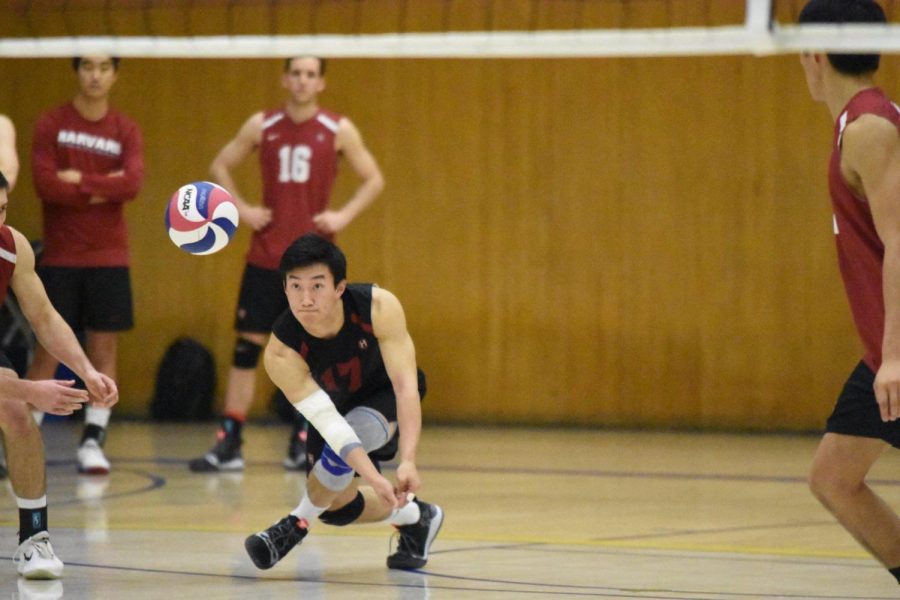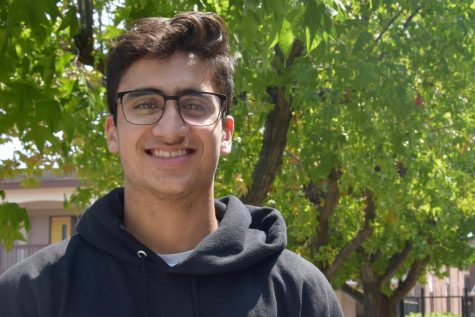Taking it to the next level
Collegiate athletes talk about the changes between MVHS and their college teams.
March 13, 2019
It was the summer of 5th grade when MVHS alumna and now Cornell University freshman Demetra Williams and her best friend found diving lessons offered at Fremont HS. Her friend said, “I’ll do it if you do” and managed to convince her to enroll. Down the road, her friend quit diving for field hockey, but Williams continued. Little did she know that a dare from elementary school would slowly turn into a passion and something that she would continue beyond high school.
Williams reminisces about her experiences and how it lead to her getting recruited to Cornell for diving. She specifically likes how diving has a certain risk factor that many sports do not offer and because of this, she enjoys diving more than any other sport.
“You don’t do the same motions over and over again like running or playing tennis; there’s a variety of motions and actions you can do,” Williams said. “If you don’t do the dive right, you risk smacking and hurting yourself — not many other sports can say that.”
Similar to Williams, MVHS alumni and Harvard University freshman Jason Shen also started playing volleyball in 6th grade. He states that his experiences playing volleyball in school before college as well as playing in a competitive volleyball club helped him become a Division I athlete at the collegiate level.
“Volleyball is one of my favorite things to do and I can’t imagine having gone through middle school or high school without it,” Shen said. “It is a huge facet of self-improvement for me and always keeps me grounded in a solid work ethic to get better.”
Collegiate sports require a significant commitment from the players who have to maintain their diets, attend training and practice and manage their academics. Williams explained that even though it requires a lot of work, she is willing to do it, mainly due to her love for the sport.
“At MVHS, I would practice 3:30 to 6 Monday through Friday but at Cornell, I practice 20 hours a week,” Williams said. “There really is no off time or downtime for us — at least this is the case for me and my major.”
Shen believes that even though there is a lot of commitment involved, the advantages are plentiful. He noted that he was introduced to a different environment at school.
“The physical demands are greater, meaning there are much more rigid strength and conditioning regimens,” Shen said. “Out of all of these commitments, however, collegiate sports offers a unique community and an identity to the student-athlete that I think are much more recognized in college and are incredibly worthwhile.”
For MVHS alumna and Carnegie Mellon University sophomore Parvathi Meyyappan, one of her biggest joys from track and field is how it helped her meet new people. She says she feels a difference in the way MVHS viewed athletes compared to CMU.
“At MVHS, sports weren’t really looked up upon and people definitely thought you didn’t care about school or weren’t smart if you participated in sports,” said Meyyappan. “People respect athletes for balancing a collegiate varsity sport and a rigorous academic schedule since CMU is not an easy place.”
Shen agrees, saying other students don’t negatively view athletes at Harvard. However, the academic department of the school isn’t always understanding of the athletes.
“There were the occasional jokes about the ‘student-athlete’ lifestyle, but never in an explicitly malevolent manner,” Shen said. “The student-athlete community at Harvard is incredible and I wouldn’t change a thing, despite the fact that the academic departments make no concessions to athletic commitments.”
With rigorous academic courses and time-intensive practices, time management is more important than ever for collegiate athletes. Meyyappan knows that without seven to eight hours of sleep, she won’t run well the next day, so her schedule doesn’t allow time for friends during the week. Her classes run from 8 a.m. and span until 4 p.m., followed by practice until 6:30 p.m. and since the cafeteria closes at 7 p.m. she only has 30 minutes to get dinner.
“Time management between sports and school started in high school,” Meyyappan said. “If I cut on sleep, [then] running will be the first to suffer so I really have to prioritize the stuff that matters. In addition, running with people or studying with people becomes your social hour for the day.”


















